Table of Contents
NFTs (Non-Fungible Tokens) have taken the world by storm over the past few years, capturing the imagination of artists, investors, and collectors alike. As we enter 2025, NFTs continue to evolve and disrupt industries like art, gaming, music, and even real estate. But, as with any emerging technology, it’s crucial to ask: Are NFTs just a passing fad, or are they truly the future of digital ownership and investment? This article dives deep into the current state of NFTs, their potential, and what we can expect in the future.
INTRO
NFTs have come a long way since their inception. What started as a niche concept for digital art enthusiasts has exploded into a global phenomenon. Whether it’s the multi-million-dollar sale of digital art or the rise of play-to-earn games, NFTs are reshaping how we think about digital ownership and value.
But with all the excitement surrounding NFTs, many are still uncertain about their true potential. Are NFTs just a passing trend, or will they play a central role in our digital future? This article takes an in-depth look at NFTs in 2025, exploring their evolution, challenges, and future prospects.
What Are NFTs? A Brief Introduction to Digital Collectibles
At their core, NFTs are digital assets that represent ownership or proof of authenticity of a unique item, stored on a blockchain. Unlike traditional cryptocurrencies like Bitcoin or Ethereum, which are fungible and can be exchanged for one another, NFTs are unique and cannot be replaced by anything else. Each NFT contains distinguishing information that makes it one-of-a-kind.
NFTs are built on blockchain technology, which ensures that each token is immutable (it can’t be altered once created) and transparent, offering a secure and verifiable ownership trail. Most NFTs today are built on Ethereum’s blockchain, but other blockchains like Solana, Binance Smart Chain, and Flow are also gaining popularity due to their lower transaction costs and faster speeds.
Key Features of NFTs:
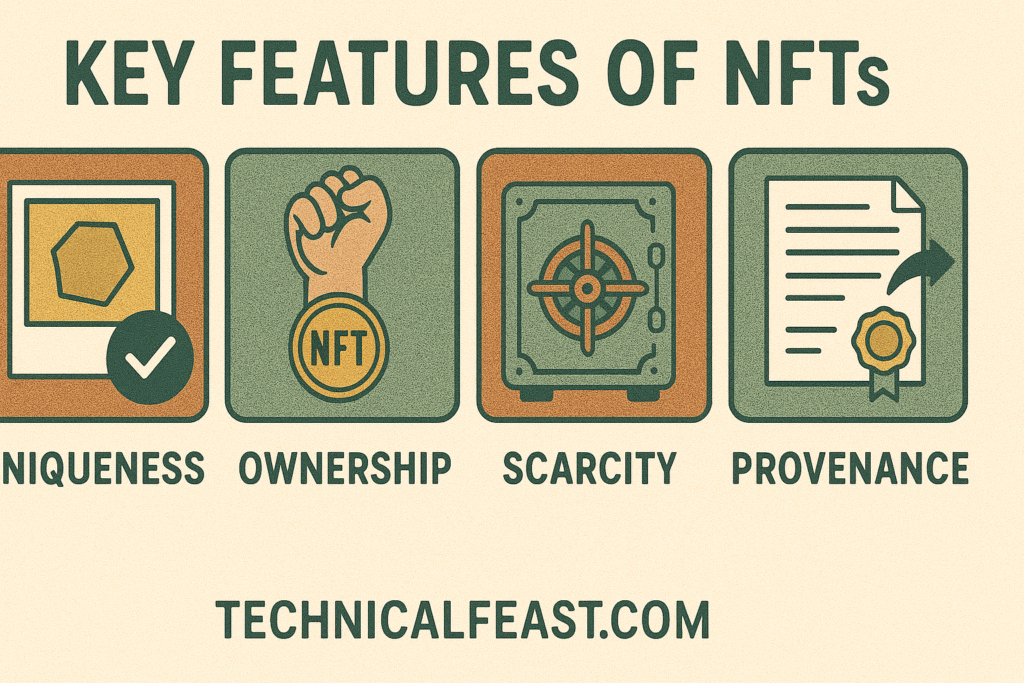
- Unique and Indivisible: Unlike cryptocurrencies, NFTs cannot be exchanged on a one-to-one basis.
- Blockchain Verification: NFTs leverage the security of blockchain technology to guarantee authenticity and ownership.
- Ownership Rights: When you buy an NFT, you gain ownership of the specific digital asset associated with it (such as digital art, music, or in-game items).
NFTs in the Art World: A Game-Changer for Creators
One of the most high-profile applications of NFTs has been in the world of art. Digital artists are now able to sell their work as NFTs, opening up a whole new market for creators. The idea of owning a unique piece of digital art, backed by blockchain technology, has captivated collectors and investors alike.
Case Study: Beeple’s $69 Million Sale
In March 2021, digital artist Beeple made history when his artwork, “Everydays: The First 5000 Days,” sold for a staggering $69.3 million at a Christie’s auction. This sale was groundbreaking, not only because of the price but also because it introduced the art world to the potential of NFTs. This event sparked a wave of interest, leading to an explosion in NFT art sales.
Empowering Artists
Before NFTs, digital artists often struggled to monetize their work due to the ease of reproduction. With NFTs, artists can sell their work directly to buyers, bypassing traditional intermediaries like galleries or auction houses. This gives artists greater control over their revenue and the opportunity to earn royalties each time their work is resold.
- Smart Contracts: NFTs can be programmed with smart contracts, ensuring that artists earn a percentage of every secondary sale. This is a revolutionary feature that was not possible in traditional art sales.
NFTs and Gaming: A New Frontier for In-Game Assets
The gaming industry is another sector where NFTs are making waves. With NFTs, players can truly own their in-game items, such as skins, weapons, or even entire virtual lands. This new dynamic is transforming how players interact with video games.
Play-to-Earn Model
NFTs have enabled the rise of “play-to-earn” games, where players can earn NFTs by participating in the game and then sell or trade them on NFT marketplaces. This model has been particularly popular in blockchain-based games like “Axie Infinity” and “The Sandbox.”
- Case Study: Axie Infinity: Players in Axie Infinity can breed, raise, and battle creatures called Axies. Players can earn in-game assets that are NFTs, and some of these assets have sold for thousands of dollars. In 2021, Axie Infinity’s daily active users exceeded 1 million, and the game’s total market cap surpassed $3 billion.
Interoperability in Gaming
NFTs allow for interoperability between different games and platforms. For example, items or skins earned in one game could be transferred and used in another game. This opens up new possibilities for players and developers, who can create interconnected ecosystems of games and digital assets.
Are NFTs the Future of Investment?
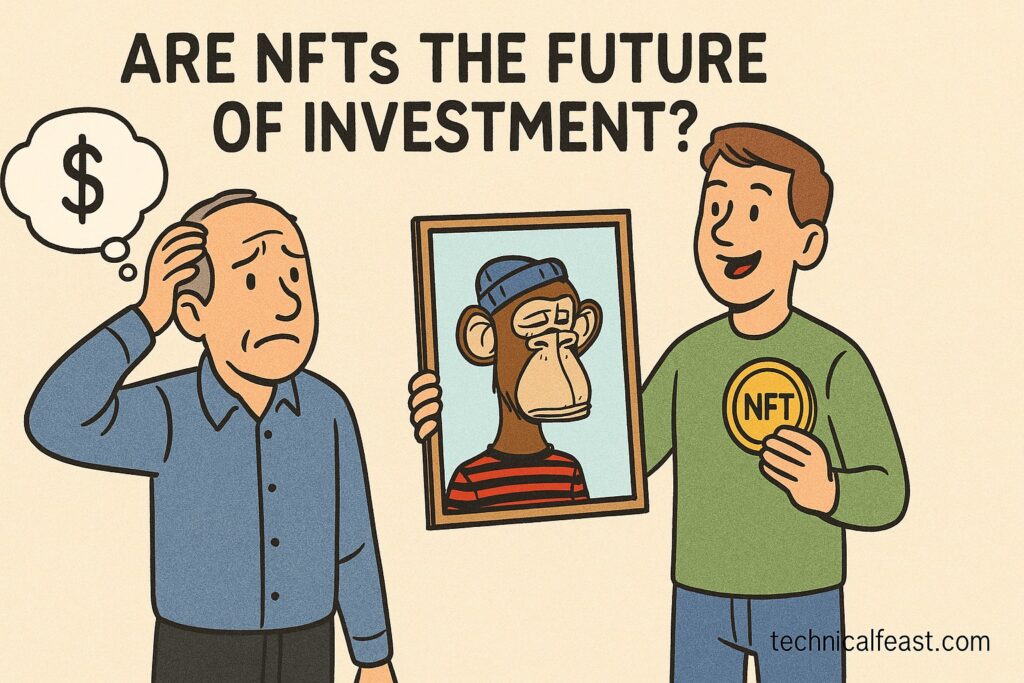
As NFTs continue to gain popularity, many investors are starting to see them as a new asset class. However, the volatility of the NFT market has raised questions about whether they are a sustainable investment.
Market Volatility
The NFT market has been marked by rapid price fluctuations, with some assets appreciating in value exponentially, while others fail to gain traction. For example, in early 2021, the NFT market saw explosive growth, with some digital artworks selling for millions of dollars. However, by mid-2022, the market experienced a significant slowdown.
- Expert Opinions: According to blockchain investor Tim Draper, NFTs represent “the next big wave” in the digital economy, suggesting that NFTs could play a pivotal role in how people invest and store value in the future. However, experts also caution that the market is speculative, and long-term value is uncertain.
Investment Risks
NFTs, like any speculative asset, come with risks. Prices can fluctuate wildly based on market demand, hype, and the novelty factor. Additionally, the lack of regulation in the NFT space means that buyers need to be vigilant about scams, counterfeit assets, and pump-and-dump schemes.
The Environmental Impact of NFTs: What’s the Real Cost?
One of the biggest criticisms of NFTs is their environmental impact. The blockchain networks that support NFTs, particularly Ethereum, rely on a consensus mechanism known as Proof of Work (PoW), which requires significant computational power and energy consumption.
Energy Consumption
A single NFT transaction on Ethereum can consume as much electricity as an average household uses in several days. This has led to concerns about the carbon footprint of NFTs and their sustainability.
Solutions: Moving Toward Eco-Friendly Blockchains
To address these concerns, Ethereum is transitioning from Proof of Work to Proof of Stake (PoS) with Ethereum 2.0, which is expected to significantly reduce energy consumption. Additionally, other blockchains like Tezos and Flow have emerged as more energy-efficient alternatives for creating NFTs.
The Future of NFTs in 2025 and Beyond
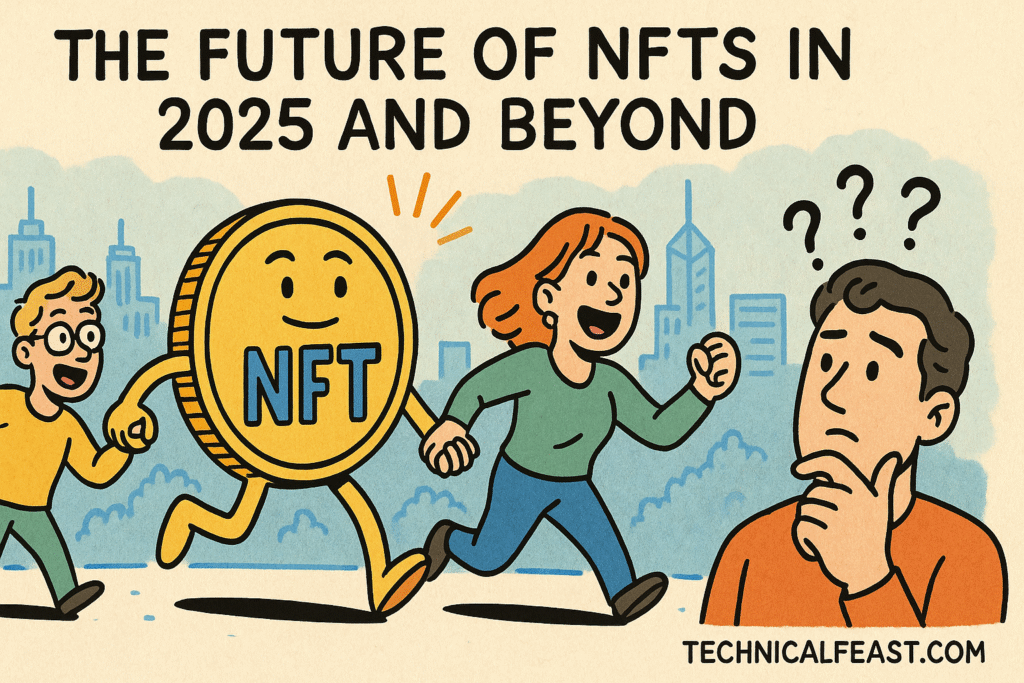
Looking ahead, NFTs are poised to become even more integrated into our daily lives. By 2025, NFTs could become a fundamental part of the digital economy, extending beyond art and gaming to sectors like entertainment, real estate, and even identity verification.
Mainstream Adoption
Major brands are already getting involved in NFTs, with companies like Nike, Gucci, and Coca-Cola launching their own NFT collections. This trend is likely to continue as brands look for new ways to engage with their customers.
- Example: Nike’s Patent for NFTs: In 2022, Nike filed a patent for “Cryptokicks,” a system that uses NFTs to verify the authenticity and ownership of shoes. This could revolutionize how consumers interact with fashion brands, offering a new way to authenticate and trade limited-edition items.
NFTs in Real Estate
NFTs are also starting to make their way into the real estate industry. In 2025, we could see the tokenization of physical real estate, allowing people to buy, sell, and trade fractional ownership of properties using NFTs.
Challenges Facing NFTs: What Needs to Improve?
While NFTs have shown tremendous promise, they still face several challenges that need to be addressed for widespread adoption.
User Experience
The process of buying, storing, and trading NFTs can be intimidating for newcomers. Many NFT platforms have steep learning curves, and the process of setting up wallets, buying cryptocurrency, and transferring assets can be confusing.
- Solution: To drive mainstream adoption, NFT platforms will need to simplify their user interfaces and make the experience more intuitive for beginners.
Legal and Regulatory Issues
As NFTs grow in popularity, they will likely face increased scrutiny from regulators. Intellectual property rights, copyright infringement, and the need for consumer protection will become critical areas for legal clarification.
Market Transparency
There have been concerns about the lack of transparency in the NFT marketplace. Price manipulation, fake listings, and scams can make it difficult for buyers to trust the market.
Frequently Asked Questions (FAQs)
1. What is an NFT? An NFT is a unique digital token that represents ownership of a specific asset, such as art, music, or in-game items. It is verified using blockchain technology, ensuring that it cannot be replicated.
2. How do NFTs work? NFTs are created and stored on a blockchain, ensuring their security and immutability. When someone buys an NFT, they gain ownership of the digital asset associated with it.
3. Are NFTs a good investment? While some NFTs have seen significant price appreciation, the market remains volatile, and investing in NFTs carries risks. It’s important to do thorough research before investing.
4. What’s the environmental impact of NFTs? NFTs built on Proof of Work blockchains like Ethereum can have a significant environmental impact due to their high energy consumption. However, Ethereum’s transition to Proof of Stake aims to address these concerns.
5. Can NFTs be used for gaming? Yes, NFTs are used in blockchain-based games, allowing players to own and trade in-game assets, creating a new virtual economy within games.
Conclusion
NFTs are undeniably a powerful innovation in the digital world, and as we move into 2025, their influence is only set to grow. Whether they will revolutionize art, gaming, investment, or even real estate is still uncertain, but the potential is enormous. As technology advances and the market matures, NFTs could very well become a central feature of the digital economy, offering new opportunities for creators, investors, and collectors alike. The future of NFTs is bright, and their place in our digital world is just beginning to unfold.
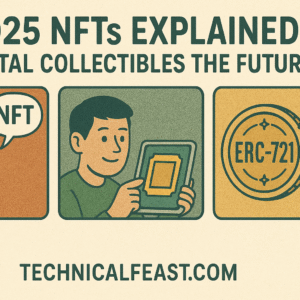

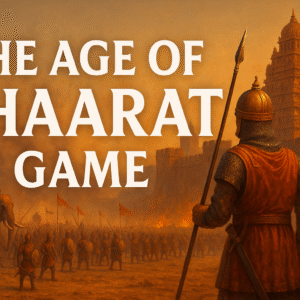

Leave a Reply